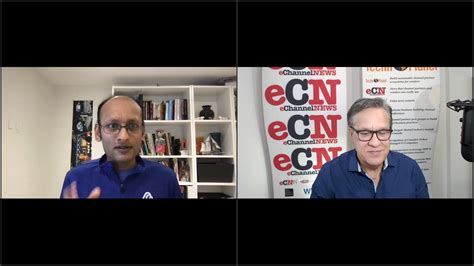In today’s technology-driven world, the subscription model has become synonymous with how users access and pay for services. From software to content, monthly and annual subscriptions are now a staple. It wasn’t always this way. Historically, software applications were bought and sold outright, allowing users lifetime access without the need for recurring payments. Even content consumption—whether news articles, videos, or music—largely operated on a purchase or licensing model. However, as both industries evolved, the recurring revenue model promised and delivered more predictable cash flows, unlocking potential for continuous updates and customer engagement. This evolution is not without its challenges.
A recurring concern among users is the saturation of the subscription model across numerous services. While some see value in a steady stream of updates and high-quality support, others feel trapped. Take news outlets, for instance. Many readers are finding themselves frustrated with paywalls that limit access to articles unless one subscribes. This has led to heated debates about whether this model is genuinely beneficial or merely an exploitative strategy by companies to ensure consistent revenue. Opinions on this are divided, as demonstrated in the comments from users who explored a specific article on subscriptions on The Baffler website.
One notable comment highlighted the irony of a subscription wall on an article that critiques the proliferation of subscription models. The commenter argued that paying for a news subscription ensures continued quality writing, which can’t be compared to the so-called ‘maintenance mode’ of some software subscriptions. Indeed, this draws a sharp line between the need for ongoing revenue in media versus software. Many point out that software, once developed, requires significantly less ongoing effort compared to the continuous creation of new engaging content. However, this perspective omits the ongoing costs associated with software maintenance, updates, security patches, and customer support.
The nuances of the debate are further deepened by the nature of value exchange between the user and the service provider. For some, the real issue lies in the actual value that is being delivered for the subscription payment. For instance, several commenters pointed out that while subscription models like Office 365 provide ongoing updates and new features which enhance productivity, others, like some content subscription models, might feel unjustified if they do not offer significant ongoing value. This discontent becomes pronounced when ‘upgrades’ in these services merely consist of superficial changes like aesthetic updates or basic functionality improvements rather than transformative features.
A significant number of discussions revolve around the transparency and governance of these subscription models. There’s a prevalent sentiment that users might be less resistant if they felt that services were earnest about the value they bring. For instance, allowing users to export their data or utilize external synchronization tools, as some software like Obsidian allows, gives users a sense of ownership and control over their data, mitigating the sting of recurring payments. This reflects a higher level of trust and can lead to a more positive user reception. Contrariwise, locking users into proprietary systems without easy data export options can breed frustration, as users equate this with an undue sense of captivity.
Ultimately, while the subscription model is here to stay, its success largely hinges on how companies manage to balance their monetization strategies with genuine user value and engagement. There’s a growing need for transparency, flexibility, and above all, respect for the user’s investment. As we move forward, companies that listen to their users and adapt their models to better serve real needs—beyond mere profit margins—are likely to foster stronger, more sustainable relationships. Whether in the realm of SaaS or digital content, the pivotal challenge will be maintaining this equilibrium effectively.


Leave a Reply